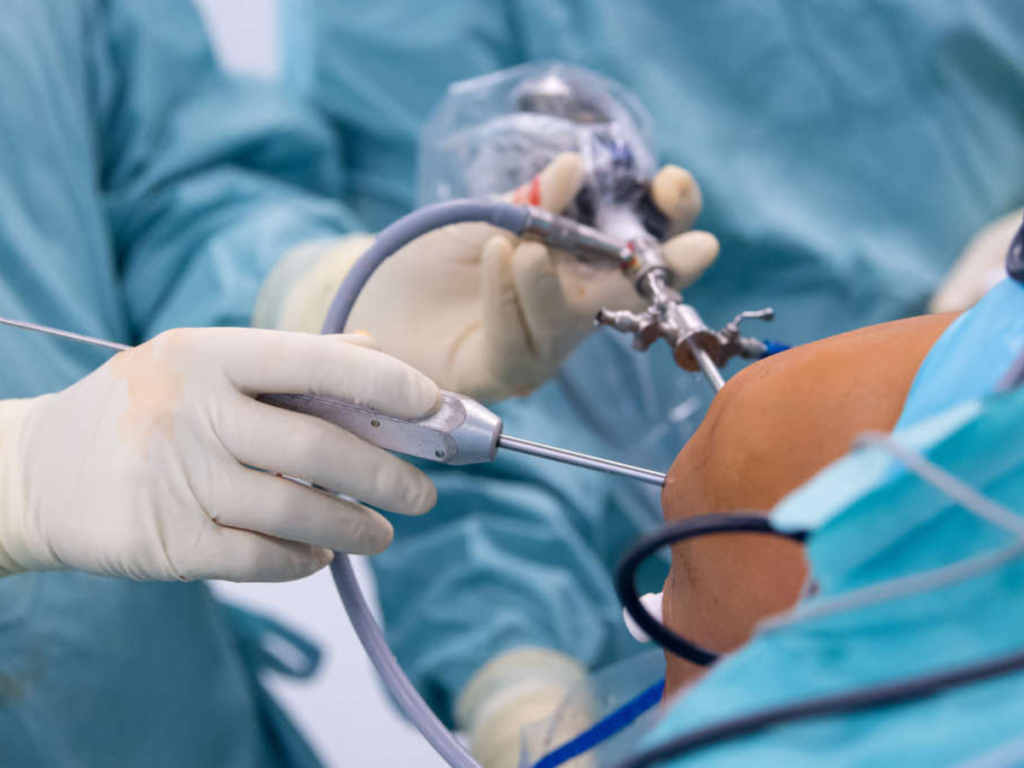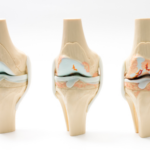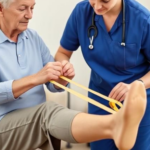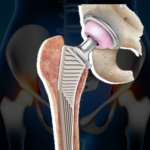
In the ever-evolving field of orthopedics, arthroscopic surgery has emerged as a game-changer, offering minimally invasive solutions for a range of orthopedic conditions. This surgical technique involves the use of a small camera, known as an arthroscopy, and specialized instruments to diagnose and treat joint problems. Let’s delve into the various orthopedic conditions that can be effectively treated with arthroscopic surgery, while also highlighting the contributions of renowned professionals and institutions such as Dr. Saurabh Giri and the Helios OrthoJoint, recognized as the best orthopedic hospital in Pimpri Chinchawad, Pune.
Meniscal Tears:
One of the most common reasons for knee pain is a meniscal tear. Arthroscopic surgery is highly effective in repairing or removing torn menisci, restoring normal joint function and alleviating pain. This minimally invasive approach reduces the recovery time compared to traditional open surgery.
Rotator Cuff Tears:
Shoulder pain resulting from a rotator cuff tear can be debilitating. Arthroscopic surgery allows surgeons to access the shoulder joint with smaller incisions, facilitating the repair of the torn rotator cuff. This approach minimizes tissue damage and accelerates postoperative recovery.
ACL Reconstruction:
Anterior Cruciate Ligament (ACL) injuries are common in athletes and active individuals. Arthroscopic ACL reconstruction involves using grafts to replace the torn ligament. This procedure provides better visualization of the knee joint, allowing for precise placement of the graft and promoting a quicker return to normal activities.
Cartilage Damage:
Arthroscopic surgery is instrumental in addressing cartilage damage in joints. Whether caused by injury or degenerative conditions like osteoarthritis, arthroscopy enables surgeons to assess and treat cartilage lesions, promoting joint preservation and reducing the risk of further deterioration.
Synovitis and Joint Inflammation:
Conditions like synovitis, characterized by inflammation of the joint lining, can be effectively managed with arthroscopic intervention. Surgeons can visualize the joint, remove inflamed tissues, and address the underlying cause, providing relief to patients suffering from joint inflammation.
Loose Bodies in Joints:
Loose bodies or bone fragments within a joint can cause pain and limited mobility. Arthroscopic surgery allows for the removal of these fragments, preventing further joint damage and restoring normal joint function.
Hip Labral Tears:
Arthroscopy is increasingly used to address hip labral tears, which can lead to hip pain and instability. Surgeons can repair or trim the torn labrum through small incisions, offering patients a less invasive option for hip joint treatment.
Ankle Impingement:
Arthroscopic surgery is employed in cases of ankle impingement, where abnormal bone growth causes pain and limited movement. The procedure involves removing excess bone and damaged tissue, promoting improved ankle function and pain relief.
Summary:
In the field of orthopedics, arthroscopic surgery, coupled with the expertise of professionals like Dr. Saurabh Giri and the advanced facilities at Helios OrthoJoint, stands out as a versatile and effective approach to treating various joint-related conditions. Whether it’s knee, shoulder, hip, or ankle issues, the best orthopedic hospital in Pimpri Chinchawad, Pune, continues to make significant strides in enhancing patient outcomes and overall quality of life. With a commitment to innovation and patient-centered care, Helios OrthoJoint and Dr. Saurabh Giri exemplify the transformative impact of arthroscopic surgery on the landscape of orthopedic treatments.




